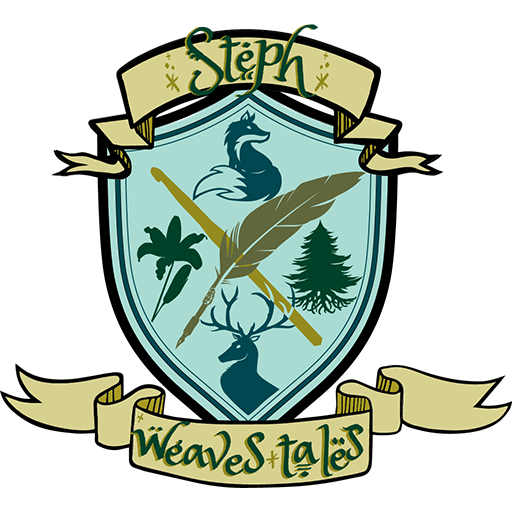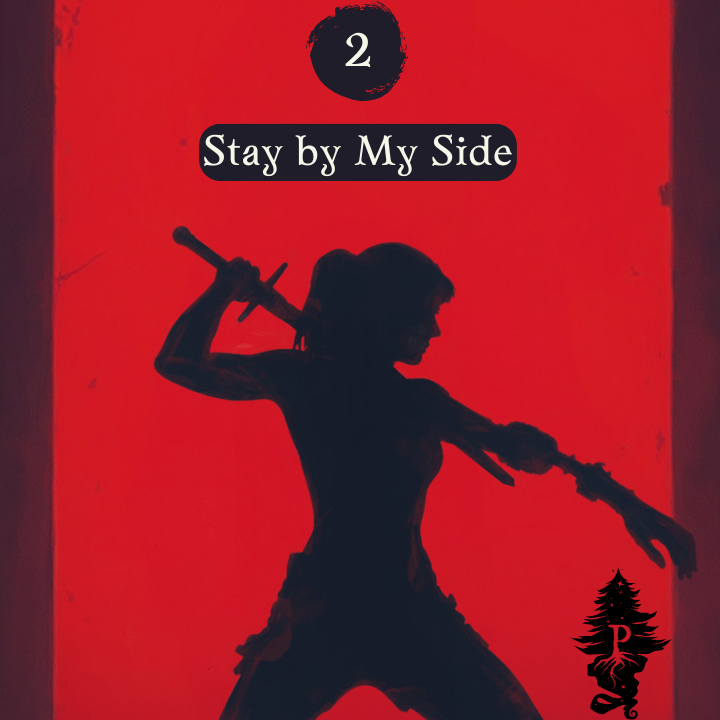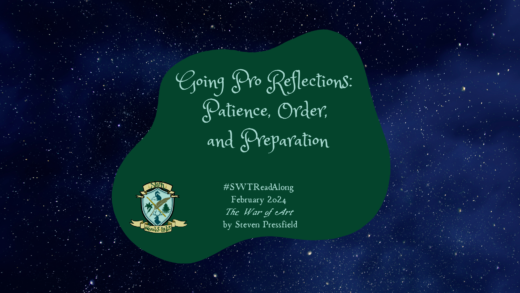Read Along Worksheet Week 3 (Free!)
My biggest take-aways from The War of Art in this week’s reading relate to the people we choose to include in our lives–our friends, our families, and our communities. Last week, I underscored how all of this is talk of resistance is really about acts of self-sabotage. We can’t control the actions and decisions of other people. Sometimes we don’t get to choose our family or our community.
We can control the things we value and the ways we engage with others in our lives
Mates, Family, and Friends
In “Resistance and the Choice of Mate,” Pressfield illustrates this well. If our mate is overcoming resistance, making creative progress, achieving their goals and dreams—all things that we value—our self-sabotaging ways can flare up. We can use it as a way to say that they’re worthy, but we’re not. We can hope “that some of our spouse’s power will rub off on us, if we just hang around it long enough” (29). This hope can apply to more than romantic partners. Friends, family members, communities we join, we can hope that good fortune rubs off if we just spend time around the people who are succeeding.
Sounds good. What’s wrong with having a network of success all around us to lean on?
Csikszentmihalyi discusses the impact of family and friends on our sense of enjoyment and our ability to achieve flow. He discusses the way that family can act as a protective factor against entropy and a stabilizing force, but that only happens when we work for it in the right way. He writes, “One of the basic delusions of our time is that home life takes care of itself naturally, and that the best strategy for dealing with it is to relax and let its take its course… Unconditional acceptance, the complete trust family members ought to have for one another, is meaningful only when it is accompanied by an unstinting investment of attention. Otherwise it is just an empty gesture” (185)
Family (the related variety and the chosen variety both) can help us find enjoyment, safety, and the space to grow creatively when we give some of our time and attention to be there for each other. We can’t only show up when someone is being successful hoping their success will rub off. It can’t be all about them, and it can’t be all about us, either. Csikszentmihalyi writes about the significance of a common purpose in achieving flow within a family unit–and it’s not a common purpose if it’s all about one person. It’s their purpose.
Don’t give up your creative pursuits in favor of someone else’s, no matter how close they are to you. Don’t demand others to give up their personal purpose in the service of yours, either. Instead, find the common purpose that you share together. A family’s common purpose can be so many things: Addressing physical needs, providing room to communicate around difficult topics without judgment, making time for purely enjoyable activities, celebrating the good things, supporting each other when things go horribly awry. The purpose can change as the group’s members change and their experiences shift who they are.
In the Doctor Who episode “Love and Monsters,” a group of total strangers come together ostensibly with the common goal to find proof that the Doctor, our time traveling Galifreyan alien, is real. Underneath that surface goal, these misfits want to be around others who will believe them and take interest in their perspective. The pursuit of the Doctor brought them together in one place, but their belief in one another is what kept them coming back together again and again. They shared their hearts, found other common interests, and most of all gave each other room to be safely crazy and grow. When the monstrous villain of the episode forces them back toward that surface goal of finding the Doctor and twists their purpose to serve his hunger, the joy turns to tragedy. (And, sadly, it is not an “Everybody lives!” kind of an episode.)
Csikszentmihalyi warns, “If a person surrounds himself with ‘friends’ who simply reaffirm his public persona, who never question his dreams and desires, who never force him to try new ways of being, he misses out on the opportunities friendship presents. A true friend is someone we can occasionally be crazy with, someone who does not expect us to be always true to form” (189).
So, consider:
- Are the people in your life going to allow you room to be a little bit crazy and try new things now and then?
- Will the people in your life support you as you change for the better?
- Will the people in your life throw you a lifeline if you’re getting dragged down by resistance, self-sabotage, psychic entropy?
- Does your friend or family group have a shared purpose–even something unstated?
Whether it’s friends or family, it can’t be about one person. The bond between us is best when we mutually care for it and allow it to grow and change.
Communities and Fundamentalism
Both Pressfield and Csikszentmihalyi touch on what happens with communities that hold too tightly to a set of rigid, unyielding ideals.
Csikszentmihalyi explains: “One of the major functions of every culture has been to shield its members from chaos, to reassure them of their importance and ultimate success. … But there are times when that feeling one has found safety in the bosom of a friendly cosmos becomes dangerous. An unrealistic trust in the shields, in the cultural myths, can lead to equally extreme disillusion when they fail” (11).
Community can be a protective factor in our lives, keeping us safe from physical harm and psychic entropy. Community can help is figure out who we are and where we fit in the universe. The War of Art‘s description of the fundamentalist perfectly demonstrates the faults of an unrealistic trust in cultural myths. The fundamentalist “cannot find his way into the future, so he retreats to the past. He returns in imagination to the glory days of his race and seeks to reconstitute both them and himself in their purer, more virtuous life” (Pressfield 35).
Because, let’s be real: There never was a perfect time anywhere on this planet. When things are going well for one group of people, another group of people is almost always suffering. If you spend so much time behind the protective walls of your community—whether it’s religious, political, cultural, or interest-based—that you forget that the cosmos beyond those walls are ever-dangerous, you’re setting yourself up for a rough time when the walls inevitably crumble.
But, the fundamentalist wants to keep their walls standing at any cost. The fundamentalist’s “creativity is inverted. He creates destruction. Even the structures he builds, his schools and networks of organization, are dedicated to annihilation, of his enemies and of himself.” It’s so easy to point to a thousand examples of political and religious organizations that are hellbent on tearing down the things they view as a threat, but fundamentalism can take hold in a community in so many ways.
Take being neurotypical and able-bodied, for example. The vast majority of cultures assert that there is a specific way that we should exist and contribute to society, to a point where people with physical differences and people who are neurodivergent can tear themselves apart trying to conform to standards that aren’t meant for them. I know that I’ve fallen into the trap of thinking that if I can just perform neurotypical behaviors hard enough, then I, too, will experience success. (And, nope, that doesn’t work.)
In her speech “A Work in Progress,” https://www.youtube.com/watch?v=58FxGzboTRk double amputee Aimee Mullens describes her experiences with prosthetic legs that imitate ordinary human legs and her journey of self-discovery and freedom as she becomes one of the first college athletes to use the style of prosthetic legs called running blades, which are curved and more resemble cheetah legs or springs than human legs. After describing her many experiences leading to her own self-acceptance, she ends her speech poignantly: “When we celebrate and truly own what it is that makes us different, we’re able to find the source of our greatest creative power.”
Fundamentalists, in the way they oversimplify and tear things down, see one solution as the correct solution for everyone. Everything looks like a nail when your only tool is a hammer. Everything looks like a threat when you cling too tightly to one rigid way of thinking.
Csikszentmihalyi writes that a community “is good if it offers people a chance to enjoy as many aspects of their lives as possible, while allowing them to develop their potential in the pursuit of ever greater challenges” (191). So, communities have to constantly adapt to the present and plan for the future if they are going to survive.
Concluding thoughts
Surrounding ourselves with the right relationships can open creative channels we didn’t even know existed within us. And, yes, I said relationships and not people for a reason: It isn’t about an individual perfect person. It’s about the way that the people work with each other and compliment each other. The best relationships in our lives become protection, shelter, comfort, and inspiration.

Stephanie Gildart weaves tales in writing and crochet. As a child growing up near Seattle, she checked out so many books that she memorized her library card number. She received her MA/MFA from the Simmons University Center for the Study of Children’s Literature in Boston. When she isn’t writing or teaching English, she loves to crochet amigurumi dolls of fantasy creatures, play tabletop roleplaying games and board games, and sing.




 Read Paxwood
Read Paxwood

